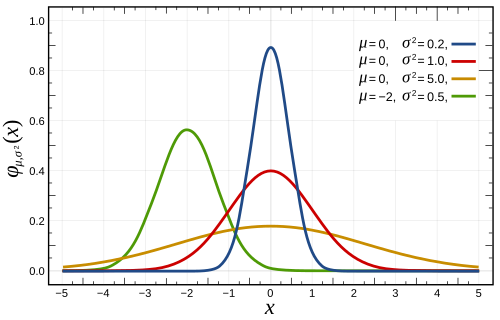 |
| 120 leaf multileaf collimator. |
Key advantages of MLC's include:
- Dynamic movement of leaves during delivery allows for intensity modulated fluence patterns not achievable with conventional blocks.
- Finite set of possible aperture shapes results in a reasonable solution space for inverse planning optimization for IMRT, VMAT, etc.
- Significantly more convenient than cutting custom blocks for every field.
Drawbacks of MLC's include:
- Large number of leaves increases possibility of mechanical failure (i.e. reliability issues).
- Non-zero inter-leaf leakage.
- Smoothness of shaping dependent on size of leaves and speed of leaf motors.
Almost everyone can agree that MLC's have been a huge advance in radiation therapy, with the advantages far outweighing the disadvantages. I plan to discuss MLC alternatives in a future post.
Image courtesy of Varian Medical Systems, Inc. All rights reserved. (source)


